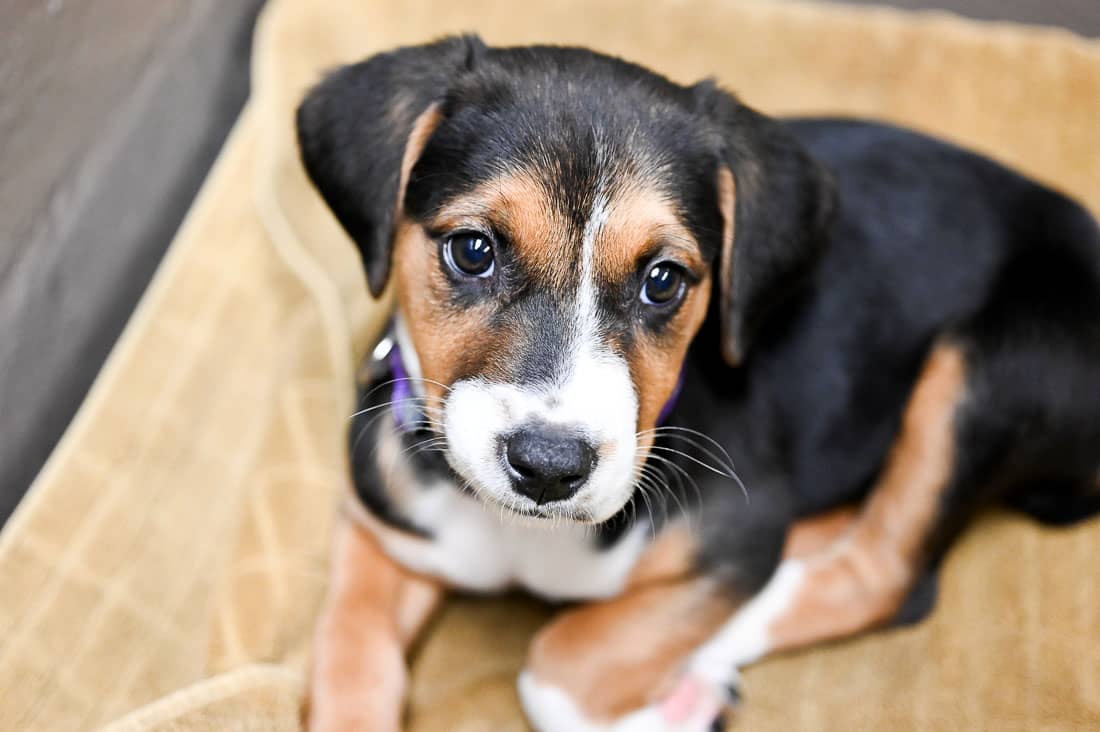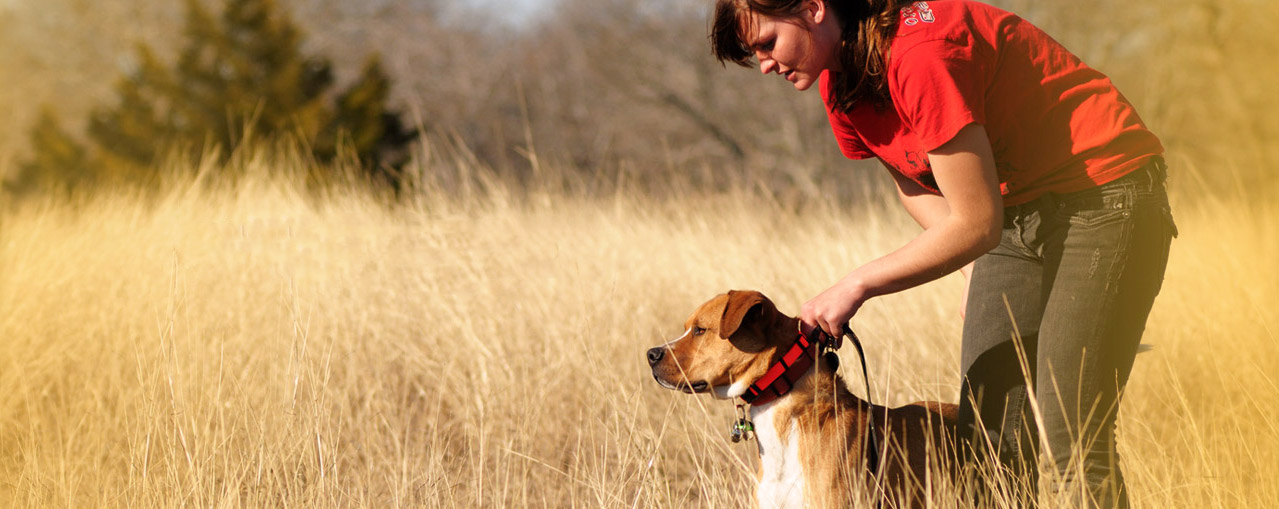Important Tips for Effective Dog Training: A Guide for Pet Dog Owners
Efficient pet training is a complex procedure that requires a strategic technique customized to both the pet dog's personality and the owner's purposes. Trick parts such as developing consistent commands, employing favorable support, and facilitating early socialization play crucial duties in cultivating a well-adjusted canine friend. Nevertheless, lots of pet dog owners run into obstacles that can prevent progression, bring about irritation and uncertainty. Recognizing just how to navigate these obstacles can considerably enhance the training experience, ultimately changing the connection between proprietor and dog. What are the vital approaches that can be employed to make sure success in this undertaking?
Recognizing Dog Actions
Comprehending pet habits is important for reliable training and fostering an unified partnership between canines and their proprietors. Canines interact largely with body movement, articulations, and actions, making it important for owners to analyze these signals accurately. Recognizing a pet dog's posture, tail setting, and ear orientation can provide understandings into its emotion. For circumstances, a wagging tail does not always show joy; it can additionally signal enjoyment or anxiousness.

Socialization plays a considerable function in canine habits; exposure to numerous settings, individuals, and various other animals can considerably influence a pet's personality. In addition, variables such as type features and individual personality must assist training approaches, as some types may have particular behavioral attributes that necessitate tailored approaches. By comprehending these components, proprietors can create a helpful atmosphere that urges positive actions, leading to successful training results and a deeper bond with their pet dogs.
Establishing Constant Commands
Effective interaction with your canine starts with establishing regular commands. This foundational component of training is vital for promoting understanding in between you and your animal. Uniformity in the commands you use makes sure that your canine can accurately associate details words or phrases with the desired habits.
When selecting commands, select clear, distinctive words that are simple to set apart and say from one an additional. Avoid making use of similar-sounding commands that may confuse your pet dog. For instance, using "rest" and "stay" is proper, yet "sit" and "struck" can result in misconceptions.
Furthermore, keep the same tone and volume for every command. Canines are delicate to singing cues, so varying your tone can produce confusion.
It is equally important to ensure that all member of the family get on the exact same page concerning the commands used. A united front in command use will prevent combined signals and reinforce the learning procedure.
Favorable Support Methods
The power of positive support in pet dog training lies in its ability to encourage wanted habits through incentives and appreciation. This method is based in the principle that actions complied with by positive results are most likely to be duplicated. By including positive support into your training routine, you can properly shape your pet's habits in a constructive fashion.
To carry out positive support, it's vital to identify what encourages your pet, whether it be treats, playthings, or verbal praise. When your pet dog carries out a desired action, such as resting on command, right away reward them with a reward or affection. This organization between the command and the positive end result enhances their understanding.
It's crucial to timing the incentives correctly; providing the support within seconds of the preferred behavior assists your pet dog make the link (dog training). Furthermore, uniformity visit site is essential-- make certain that all family members make use of the same commands and benefit systems to stay clear of confusion

Gradually, you can reduce the regularity of treats as your canine discovers the actions, transitioning to applaud or intermittent incentives. This method not only promotes a solid bond in between you and your pet dog yet additionally promotes a positive learning atmosphere, making educating an enjoyable experience for both.
Socialization and Interaction
Regularly revealing your dog to a variety of environments, people, and other animals is critical for their social growth. Socialization must start early, preferably during the important home window weblink of 3 to 14 weeks, when pups are most responsive to brand-new experiences. Older canines can likewise profit from continuous socializing initiatives.
Present your pet to different setups, such as parks, pet-friendly shops, and metropolitan areas. This exposure helps them adapt to numerous stimulations, decreasing stress and anxiety and worry reactions. Motivate positive communications with other canines and people, ensuring that these experiences are controlled and secure to cultivate self-confidence.
Make use of structured playdates with well-mannered pets, as this can improve your dog's social abilities and instruct them ideal habits. Obedience courses and training sessions also offer excellent chances for socialization, permitting your pet dog to interact with others in a monitored environment.
Monitor your pet's body language throughout interactions, as this will certainly aid you gauge their convenience level. Slowly increase exposure to more difficult scenarios while making sure that each experience declares. A well-socialized canine is more probable to display well balanced behavior, making them a happiness to have in any kind of setting.
Attending To Usual Training Difficulties
Every pet owner will come across training challenges at some time, despite their pet's age or socialization level. i was reading this Determining usual concerns such as stubbornness, diversions, and terror can help in developing efficient approaches for renovation.

Diversions throughout training sessions can thwart emphasis. To battle this, begin training in a silent environment with very little stimulations. Slowly present interruptions as the canine comes to be more efficient in commands. Short, constant training sessions are additionally efficient in keeping focus.
Terror can hinder a dog's learning procedure. Progressive desensitization to the source of anxiety, paired with favorable support, can help reduce anxiety. Perseverance is critical; never ever compel a canine right into a scenario that triggers distress, as this may exacerbate the concern.
Eventually, understanding and dealing with these usual difficulties with a structured method will certainly promote a more effective training experience, enhancing the bond between pet dog and owner while advertising efficient knowing.
Verdict
In summary, effective pet dog training relies on a thorough understanding of canine habits, the facility of constant commands, and the application of favorable support strategies. Socializing plays a crucial duty in developing well-adjusted pets, while attending to typical training obstacles needs perseverance and versatility. By carrying out these vital methods, animal proprietors can foster a strong bond with their pets and promote desirable habits, ultimately resulting in an unified relationship between human beings and their canine companions.
Recognizing dog habits is crucial for effective training and promoting an unified relationship between pooches and their proprietors.Socialization plays a considerable function in pet behavior; exposure to different settings, individuals, and various other animals can substantially affect a pet's temperament.The power of positive reinforcement in canine training exists in its capability to motivate wanted behaviors with incentives and praise. By including favorable support right into your training routine, you can effectively form your canine's behavior in a useful way.
In summary, successful canine training relies on an extensive understanding of canine habits, the establishment of constant commands, and the application of positive reinforcement methods.